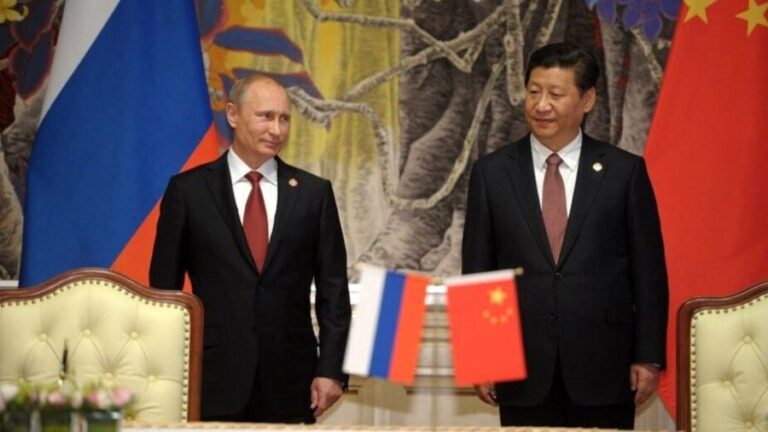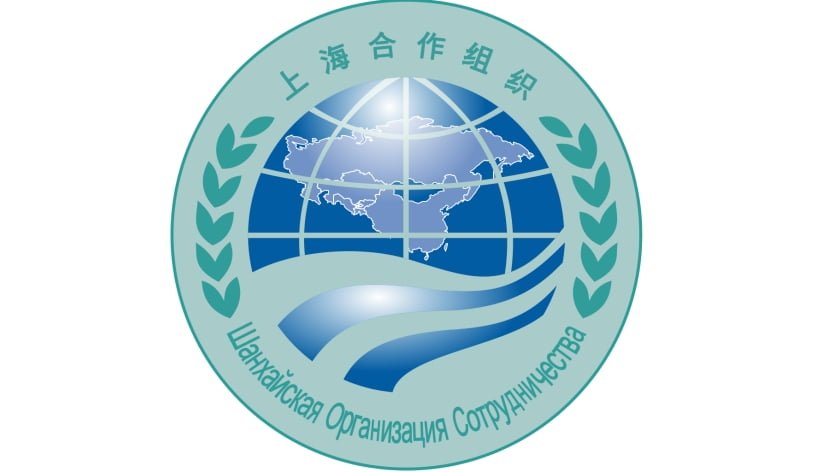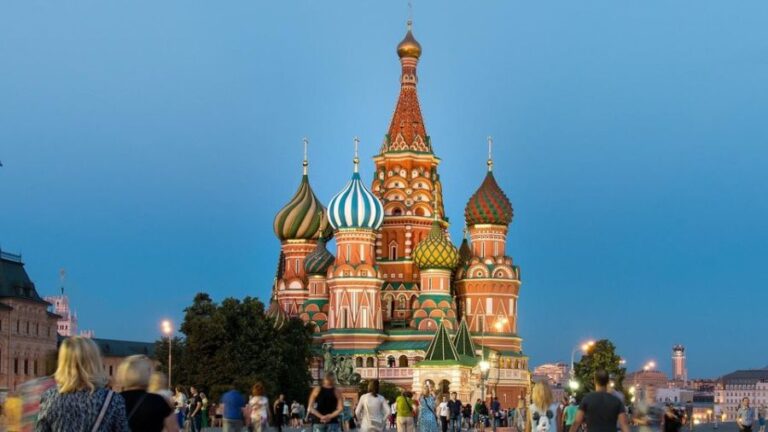Hard Times in Deir ez-Zor
Predictably, the Deir ez-Zor offensive of the Syrian forces is not likely to be a leisurely stroll for the Syrian troops despite the strong Russian air support and involvement of the Iranian IRGC and Hezbollah units in actions. The militants of the terrorist group are putting up tough resistance. The death toll in this latest offensive is mounting pretty rapidly, reaching hundreds of people. The Russians also have casualties, including the killed top Russian military adviser, Lieutenant-General Valery Asapov (his command-and-observation post has been hit by mortar shells of the enemy on September 23), and Colonel Rustem Abzalov. Military actions in this area have also been stepped up by the Kurdish-led Syrian Democratic Forces (SDF) that have US military advisors deployed and are backed by the US-led coalition air forces. The US-backed Kurds are clearly trying to seize the oilfields and oil and gas infrastructure facilities in this Syrian region. It’s particularly noteworthy that Russia’s Foreign Ministry has taken a harsh stance on the death of Russian General Valery Asapov in Syria. As Deputy Foreign Minister Sergei Ryabkov stated, Russia has paid a high price for its confidence in the forces of the international antiterrorist coalition under the leadership of the United States, adding that the death of the Russian commander is nothing but a direct result of the ongoing America’s duplicity in Syria and its reluctance to resolve the crisis in the region. On Moscow’s part it’s an unprecedentedly tough statement.
When the Syrian forces have crossed the Euphrates and secured the foothold on its left bank, the Kurdish troops of the SDF started moving eastward, towards the oilfields, and this is the case when the ISIS fighters attack mostly the Syrian army. The SDF command announced the seizure of Conoco, the largest gas deposit in the region. And on September 24, the Russian Ministry of Defense with a video footage showed that the US Special Force units are providing the unhindered advance of the SDF units through the ISIS dispositions. The Ministry also reported that the aerial photos taken by the Russian Aerospace Forces in the areas of the ISIS dispositions showed a large number of armored Hammers, the American vehicles in the service of the US Special Forces. The Defense Ministry also reported that “though there are strongpoints of the US Armed Forces in the areas of current ISIS disposition, they have no signs of outposts even.” On its Facebook account, the Russian Ministry of Defense has a post saying that “the pictures clearly show that US Special Forces are located in the strongpoints that had been early organized by the ISIS fighters.” The Ministry of Defense also emphasized that there were no signs of firefights with the ISIS terrorists, or craters from air strikes by the international coalition around these facilities. “This can only mean that all US servicemen deployed there feel absolutely safe in the areas held by the terrorists,” the report said.
Nevertheless, the Syrian army, backed by the Russian aviation, continued its offensive in the areas adjacent to the city of Deir ez-Zor, most of which is in the hands of government forces. On September 25, the Western media has started to disseminate the news that the Russian Air Forces were bombing the Kurdish SDF positions on the left bank of Deir ez-Zor. In fact, this was the third wave of air strikes. Some experts see the relationship with some sort of the “retaliation operation” for the killed Russian general. The US is not yet in a hurry to respond, but such a development could result in hitting the positions of the Syrian and Russian Special Forces in Deir ez-Zor. And in this case the firefights would take place between the parties to the anti-terrorist operation in Syria. It was not a mere coincidence that the Russian Defense Ministry earlier called “the international coalition, led by the US and backed by the opposition, not to hinder actions of the Syrian government forces against terrorists”. Russia has also communicated a message to the US that any attempts of the opposition fighters to fire on the Russian Special Forces and Syrian troops will be severely thwarted.
The US Armed Forces command reported that representatives of the Russian Armed Forces and US-led coalition had met face-to-face in order to adjust and increase measures to prevent incidents between them in Syria. The parties plan to continue the meetings of their senior officers in order to prevent various incidents and misunderstandings in Syria, as reported by Air Force Commander of the US Central Command, General J. Harrigian. At the same time, “this is not a question of tactical cooperation.” On September 21, the US Secretary of Defense J. Mattis expressed confidence about the ability of Russia and the United States to settle their differences over Syria. A little earlier, after a meeting with the US Secretary of State Rex Wayne Tillerson on September 19, the Russian Foreign Minister Sergei Lavrov said that the United States and Russia were working on their cooperation in Syria. “Moreover, both countries are focused on defeating ISIS,” echoed Rex Wayne Tillerson. However, the Russian Foreign Minister emphasized that “the developments in Syria give reasons for cautious optimism”. Meanwhile, Russia believes that “no partition of Syria must be allowed; otherwise a chain reaction will run through the Middle East.” Furthermore, “Moscow believes that once the terrorists are defeated, all foreign forces present in Syria illegally should be removed.” This is clearly a hinted message for the United States. Sergei Lavrov also noted that “the talks over the settlement in Syria will take a significant amount of time, as this is an extremely complicated crisis”.
In the meantime, what is happening in Deir ez-Zor suggests that the Kurds are setting up a configuration of their presence on the left bank of the Euphrates, which makes it extremely difficult for the Syrians to make any attempt to move towards the oilfields in the East and South-East of this province. The Kurds occupy a triangle formed by the riverbeds of the Euphrates and its tributary Habur.
Pontoon ferries had been delivered from Russia by the An-124 aircraft, but it may well be too late. ISIS finds situation quite satisfactory, as its actions are clearly aimed at hindering the advances to their main territory and encouraging clashes between the Kurdish fighters and Syrian government forces. The Americans seem to be happy with this, as this development ultimately leads to a clash between the Kurds and the Syrians and Russia, which is what Washington wants.
It should be noted that the advance of the US-loyal SDF forces, consisting in this particular case of the Kurdish and Sunni militias, is now directed towards the Euphrates and the Iraq-Syria border, to block, among other things, further attacks by the governmental forces in these areas. In this case, the Americans are ensuring the passage of these units not through the ISIS dispositions, but through the local tribal armed militias. After all, at one time, the expansion of the Islamic State was not carried out as part of the direct occupation of particular Sunni areas, but through the coordination with local sheikhs and field commanders. In exchange for their loyalty, these tribes received economic “autonomy”, or, in the case of Deir ez-Zor, the free oil production from semi-domestic deposits. This is now the main point of agreements between most Sunni tribes of this province and the United States, given the very clear prospect of the total defeat of ISIS in Syria, which has already become apparent to everyone. This means that the Sunni tribes need to find a new backup from the outside, because once the authority of the central government over the province is restored, Damascus will again take all these oil fields under its full control. In this case, therefore, the issue concerns the passage through the positions of tribal armed groups.
By the way, on September 25, the Kurdish SDF issued an official statement about the Russian air strikes on their positions. The Kurds stated that they would use their legal right to self-defense. Technically speaking, now nothing can prevent the Americans from deploying an air defense system to the SDF to bring down one or two Russian aircrafts. It is unlikely that the Kurds will have any problems with professional crews, even if they do not know a single word in Kurdish. It makes the situation extremely complicated and less and less predictable.
All this plays into the hands of Washington. After all, the settlement of the Syrian conflict under winner’s terms requires the removal of all potential competitors. As far as the US is concerned, this is the most rational sequence of finishing off the rivals in the area. Therefore, following the removal of the ISIS and Jabhat al-Nusra, the United States will also decide how to get rid of the Russian militaries in Syria. It was no coincidence that at the opening session of the UN General Assembly in New York on September 19 the US President Donald Trump said that the US was seeking the de-escalation of the conflict in Syria and a political solution in that country. However, he also claimed that Syria was under the leadership of the “criminal regime” of Bashar al-Assad. Trump also once again accused Damascus of using chemical weapons.
The situation is also not easy in the northern part of the Hama province, where terrorists from Idlib attacked the Syrian forces, part of which had previously been transferred to Deir ez-Zor. On September 20, the Russian Defense Ministry made a statement that fighters from the terrorist group Jabhat al-Nusra (which is banned in Russia) and the detachments that joined them “did not want to comply with terms of the ceasefire, and on September 19 they had launched a large-scale assault on the positions of the governmental forces in the north and north east of Hama in the de-escalation zone of “Idlib”. Many experts believe that the latest assault by the fighters in the northern part of Hama was initiated by the US intelligence services to stop the successful advance of governmental troops to the east of Deir ez-Zor. The Pentagon expectedly refused to comment the statement of the Russian Federation about the US support of extremists in the Idlib area.
Moscow and Washington say that the militaries of both Russia and the United States are negotiating the plans to recapture Raqqa and Deir ez-Zor, so that the overall objectives of the fight against terrorism are not affected. The Kurds also report that it is a matter of few days before Raqqa is liberated. They have a large part of the city under their control, and only a small area continues to put up organized resistance. It is difficult to say to what extent this optimism is justified, given that it took the Iraqi army a week in Mosul to advance last two hundred meters to the bank and then another week to mop up the ruins. All in all, not much is clearly left to do. Nevertheless, the offensive of the city has been going on for four months already, and it may well drag on for at least three to four more weeks. And for Damascus and its allies its fall will not be such a good thing given that after taking Raqqa the Kurds would be able to significantly strengthen their groups in the south of Deir ez-Zor, while the Syrian army has no such reserves. If the SDF forces are increased after the fall of Raqqa, the SDF will try to finish the demarcation of its territory and occupy the entire left bank to take all issues off the table. Damascus would then have to seek again the assistance from Russia and Iran, neither of which are willing to expand their ground forces in Syria.
Thus, the situation of the offensive by the Syrian troops towards Iraq in the eastern and north-eastern directions is difficult, although there is some notable progress. The ISIS after all is retreating, suffering significant losses. However, the actions of the SDF and the United States supporting it, clearly do not facilitate the early freeing of Syria from ISIS and other terrorist groups. Washington clearly does not intend to cede Syria to Russia, and is willing to use both Kurds and Sunni tribes, which had previously sworn allegiance to the ISIS. It is now essential to prevent any direct clashes between governmental forces and the SDF units in the Deir ez-Zor province on the left bank of the Euphrates. This can only be done through a direct dialog between Damascus and the SDF command, and by avoiding the short-sighted statements of the official Syrian representatives about their readiness to strike everything that does not fit into the logic of the actions of the Syrian government in the war against terrorism.
By Alexander Orlov
Source: New Eastern Outlook







